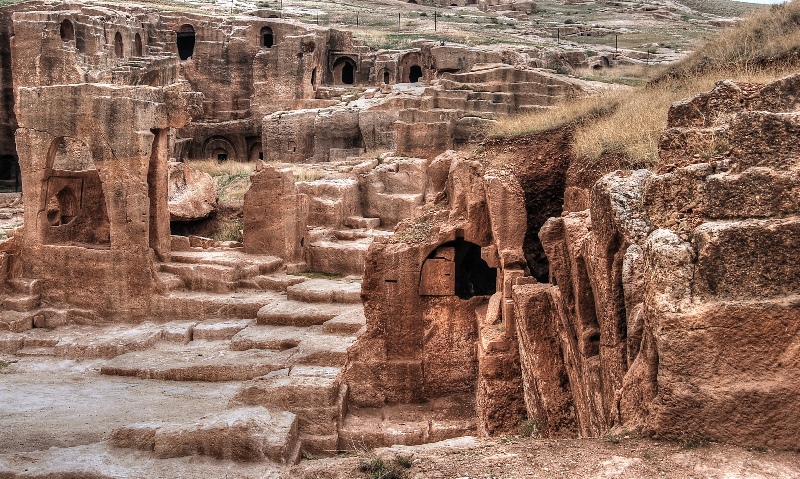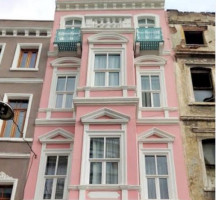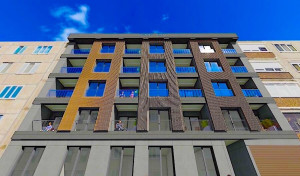As one of the most abundant countries for historical attractions, Turkey receives millions of foreign visitors every year, but while most tourists beat a path to the likes of Cappadocia, Ephesus, or old Istanbul, dozens of other ancient sites receive little or no recognition, from the rest of the world.
Turkey´s UNESCO World Heritage is impressive, with 15 ancient sites on the list, but amazingly, another 60 are on a waiting list for ratification and they are equally as stunning and brimming with historical significance. Some of the mostly ignored ruins, yet to receive the public attention they deserve, include…
Ani: City of 1001 Churches
Classed as one of the world's most endangered sites, Ani is a former Armenian ruin sitting in the eastern province of Kars. The '1001 churches' moniker stems from its roots as a pivotal centre of old-age international trade routes and the many religious buildings that accommodated the citizens of the former city and 10th capital of the Bagratid Armenian kingdom. Overrun by Mongols in the 13th century, and abandoned following an earthquake in 1319, the Turkish government now preserves it, yet funding for more archaeological digs is hard to come by, and few foreigners visit it because the eastern area is not a popular touristic destination.
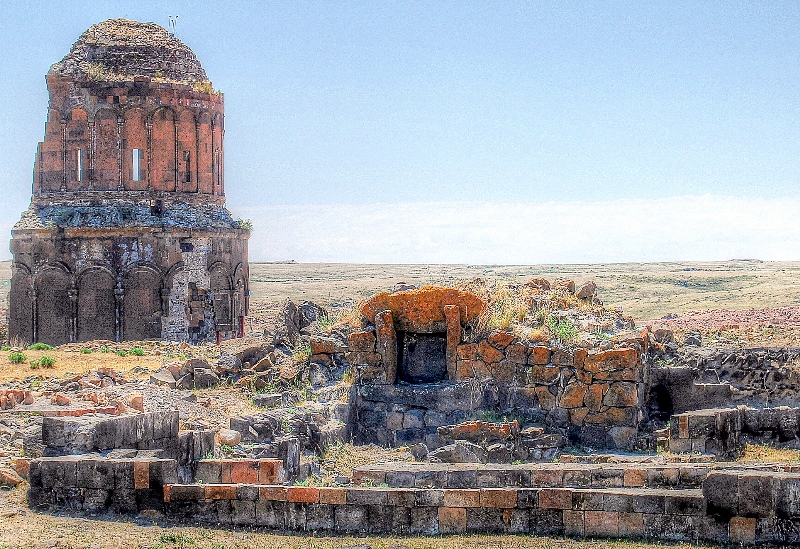
Gobeklitepe: The World’s Finest Temple
Located less than 15 kilometres from Sanliurfa, Gobeklitepe is a site of massive archaeological interest due to the discovery of pre-Neolithic T-shaped stone pillars, possibly used in part as sanctuaries or as a religious altar. Still in the early stages of excavation, historians are feverishly excited about this ancient site and its contribution towards learning about the history of humankind.
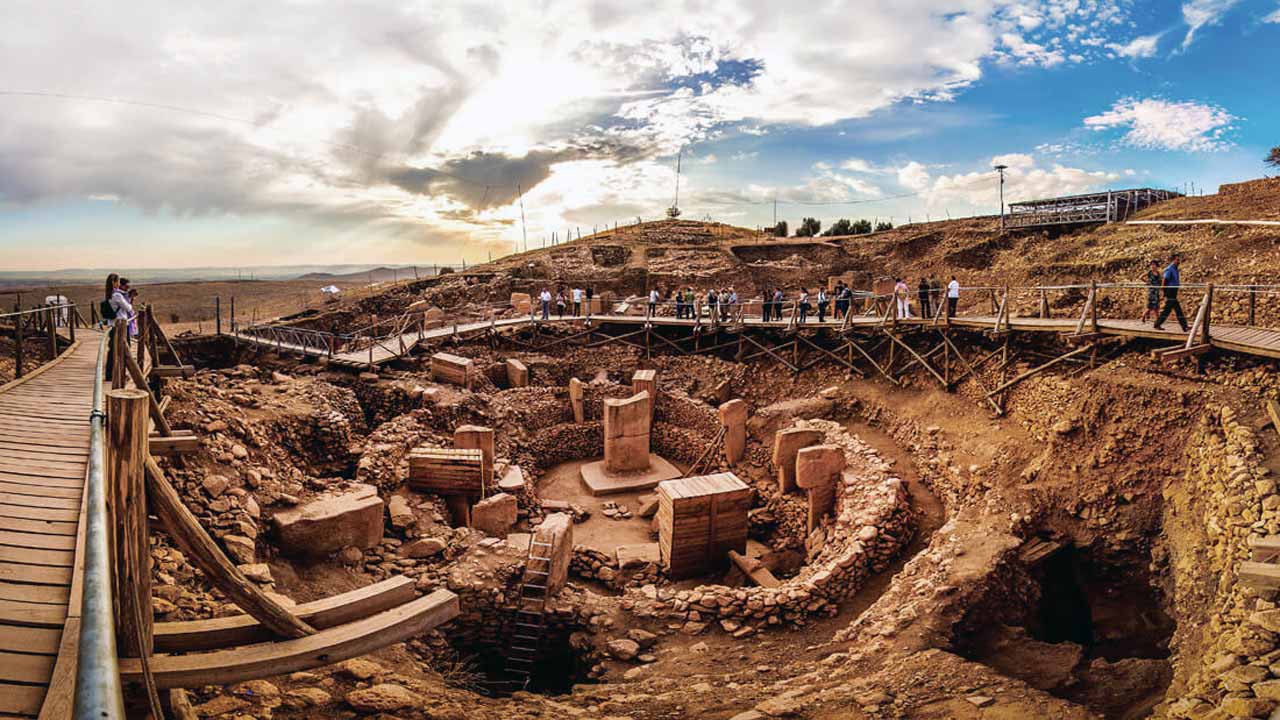
Catalhoyuk Houses and Artefacts
This Neolithic site in Central Anatolia, comprising two mounds, over a 40-hectare area has several layers indicating occupation between 7400BC and 6200BC. The UNESCO World Heritage site features sculptures, paintings and other symbolic features including a housing settlement with roof access. As another ancient site of Turkey that excites historical professions, its ability to tell us how early humankind lived is overwhelming, thanks to the extensive archaeological digs regularly taking place.
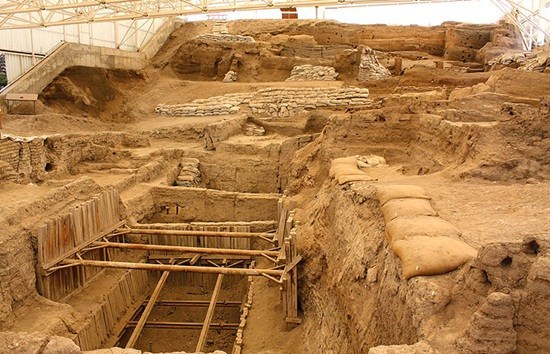
Great Mosque and Hospital of Divrigi
Added to the UNESCO World Heritage List 30 years ago, this 13th-century complex located in Divrigi, of the Sivas province, is notable for its tall portal to the mosque and the shadows of 3D ornaments at the entrance depicting a praying man. The architecture of the mosque and neighbouring hospital are among the most important in Anatolia.
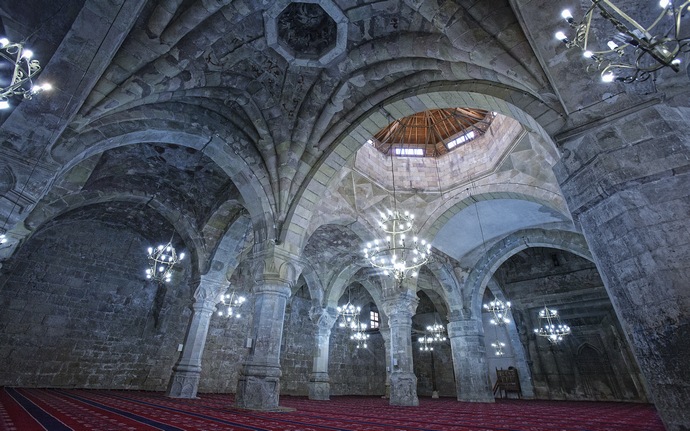
Hattusa: The Hittite Capital
Another addition to the UNESCO World Heritage List, Hattusa lies in ruins, close to Bogazkale, between the Black Sea and Cappadocia regions. The preserved ruins of the temples, fortifications, the Lions' Gate and the Royal Gate, provide a rich identity to the once sprawling, former capital of the Hittite Empire, in the Northern Central Anatolian mountain range.
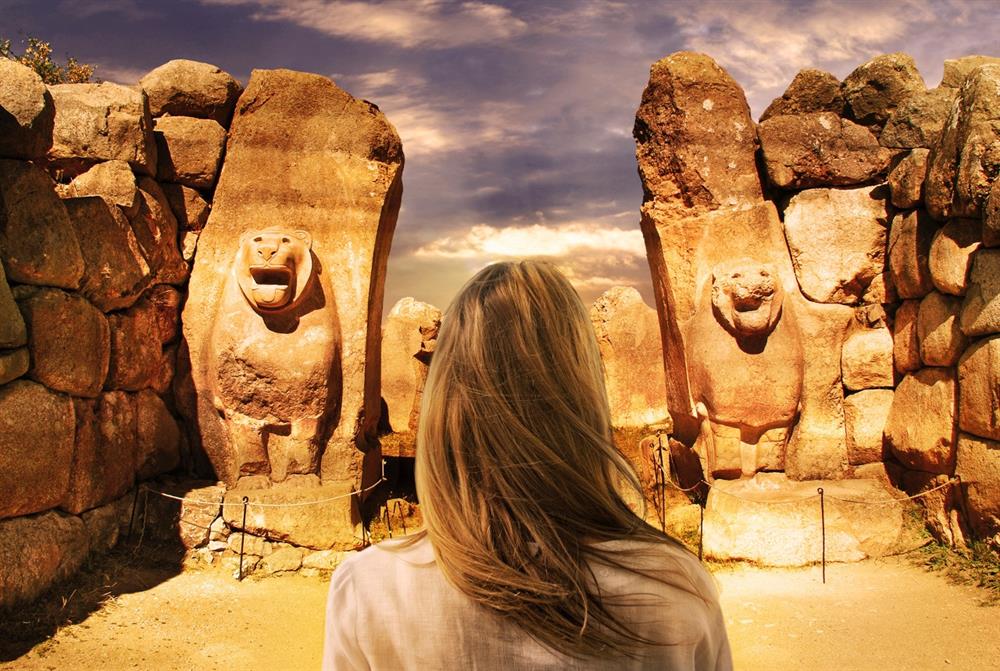
Diyarbakir Fortress and Hevsel Gardens
Sitting on the Upper Tigris River Basin, in Sur, the fortress played a significant role in many civilisations throughout history. The walls of the fort, stemming from the old Roman city of Amida, were the widest and longest defensive walls in the world, second only to the Great Wall of China. Within the inner castle, is the Hevsel Gardens, a 700-hectare site that acted as a green link between the city and the Tigris, providing food and water.
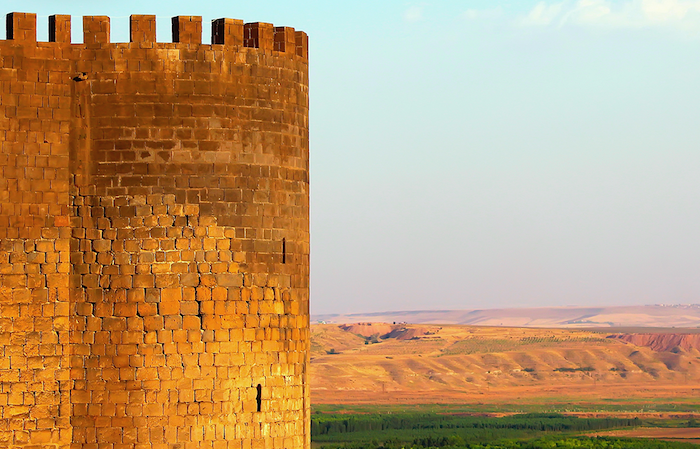
Ishak Pasha Palace
This partly ruined Ottoman-period palace within the Dogubeyazit region of eastern Turkey, began in 1685, and housed three generations of the Pasha family, who were the rulers of Beyazit province. Providing a rare insight into historical Turkish palaces, it was immortalised on the 100 Turkish Lira banknote from 2005-2009.
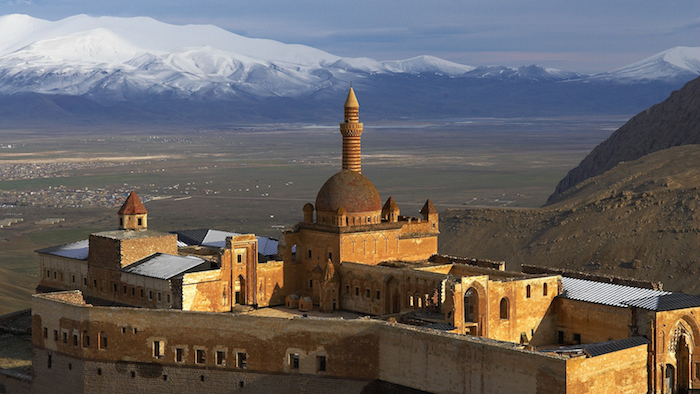
Aphrodisias Ancient City and Museum
Aphrodisias was a small ancient Greek city in Western Anatolia, which for 500 years acted as a centre for sculpture during Roman times and was home to some of the most important scuplturers of the time, including Zenon. Named after Aphrodite, the god of love, in the 7th century, a severe earthquake rocked its foundations and citizens abandoned it to nature, by seeking homes elsewhere.
However, in the 1950s, a photographer stumbled upon the ruins that were partly visible and sent photos to Turkish archaeologist Professor Kenan Erim, who immediately recognised them as the lost city of Aphrodisias. Erim dedicated the rest of his life to excavating the city and his grave is within the grounds, a great honour bestowed on him by the Turkish government as recognition of his dedication.
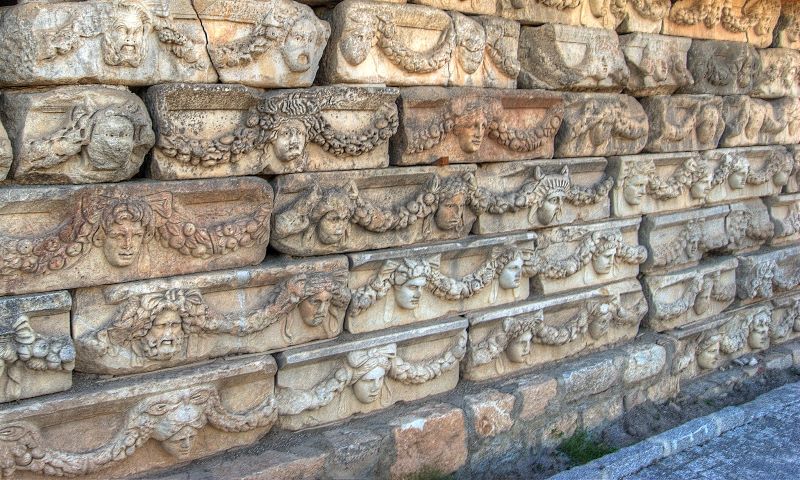
Haci Bektas Veli Complex
This 14th-century monument holding important significance for Sunni, Alevi, and Bektashi followers was built in honour of the great Turkish philosopher Haci Bektas Veli whose mausoleum is laid there. The compound, declared a museum in the mid-1960s and consisting of three courtyards, housed followers of Bektashism, a religious order of Alevism. Veli's fundamental philosophies lie in human rights, humanity, and social equality while urging men to be modest and to offer their love to God. His principles remain alive today, especially in the Middle East and Balkans.
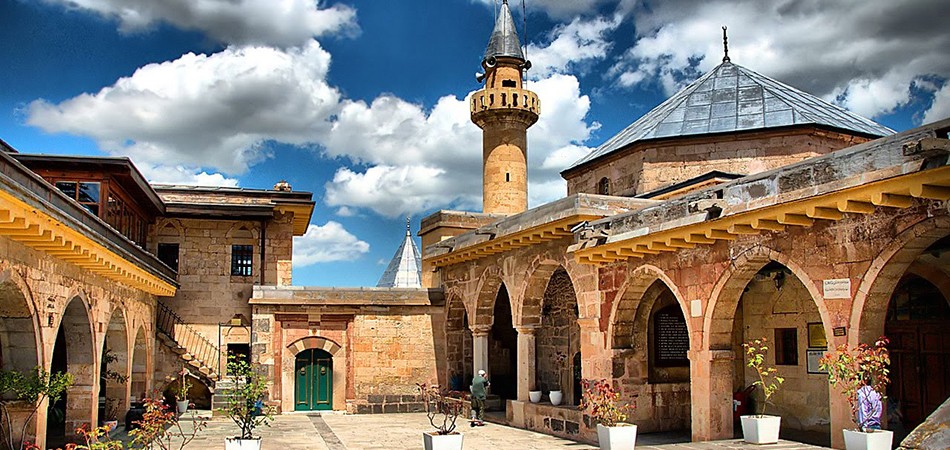
Harran Beehive Houses
These distinctive houses were part of what once was the ancient Mesopotamia city of Harran, now located in modern day Sanliurfa province, a former commercial and cultural centre throughout history. Architecture of the beehive homes stems back 3,000 years and they offered dwellers, an abode to shelter from the regional climate of cold winters and extremely hot summers. Some of the homes were still in use up until the 1980s.
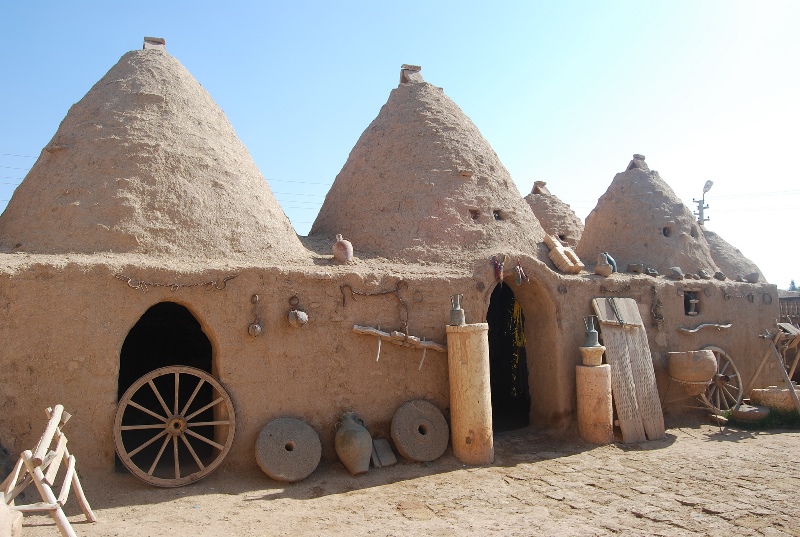
Mesopotamian Ruins of Dara
Dara, located in modern day Mardin province, was once an important fortress serving the Roman Empire and was a focal point for many clashes between Romans and Persians. Constructed under the instruction of Roman Emperor Anastasius I, Dara was used as an army base, as well as hosting a citadel and big stone houses. Over the ages, the complex became a new city under a Christian bishop but slowly lost rank through to the 10th century.
